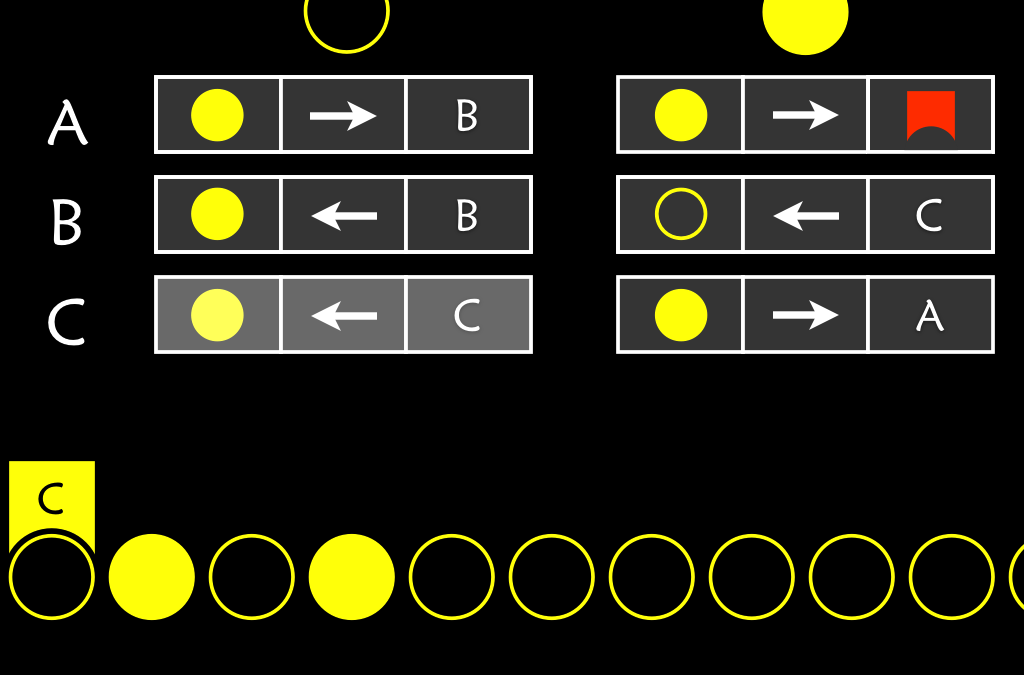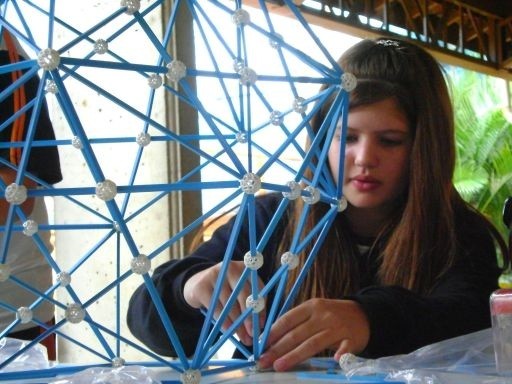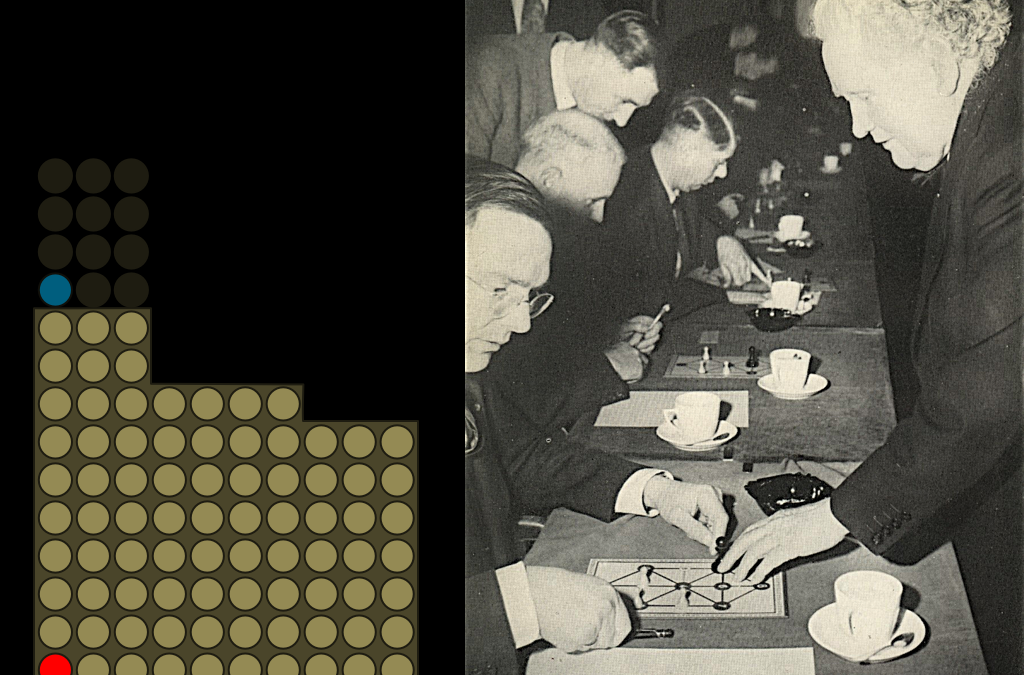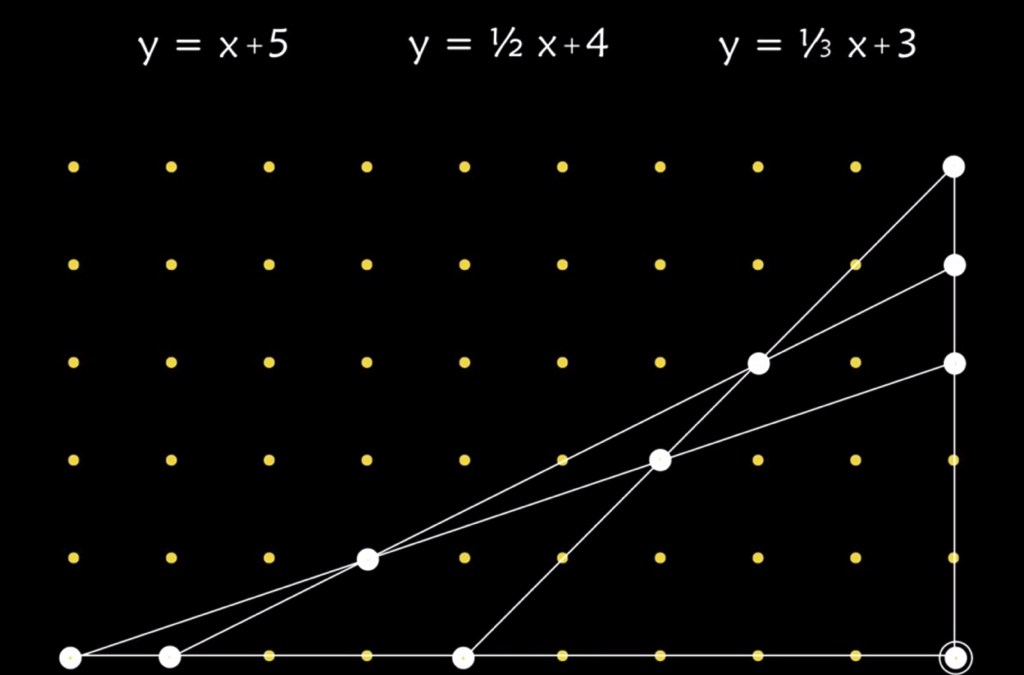
by MathPickle | Sep 19, 2015 |
Turing Machine (Alan Turing, 1936) This entry is more of historic interest than of practical use in the mathematics classroom. Alan Turing was the genius behind Ultra that helped win World War II for the allies. Our text-books have lately arrived at such...

by MathPickle | Sep 19, 2015 |
Zome Zome is a manipulative that is excellent for the upper grades – however it takes time to put away and is fragile. Nevertheless, there is no manipulative so versatile on the market, so it should be considered. I am now equally in favour (especially for...

by MathPickle | Sep 19, 2015 |
Chomp! (Frederik Schuh, 1952) Here is the game of chomp and a very preliminary sketch of a game to do with linear inequalities. The latter would be a fun class project to perfect – it is NOT good enough to play right now. Let me know of your ideas how to...

by MathPickle | Sep 19, 2015 |
Hunting Submarines (John Costas, 1965) Costas arrays were part of submarine warfare and a great way to get practice with slopes. It is an unsolved problem of mathematics whether a Costas array exists for all nxn squares. The smallest square for which no answer is...

by MathPickle | Sep 19, 2015 |
10 Points, 5 Lines, 4 Points on each Line (Henry Dudeney, 1917) Play with lines in a Cartesian coordinate system in this 1917 puzzle by the great puzzle-master Henry Dudeney. We must say that there are as many squares as there are numbers. Galileo Galilei Join the...





